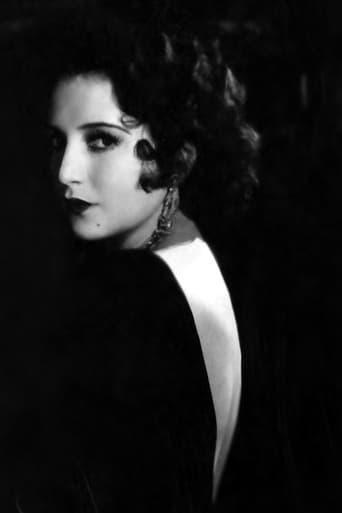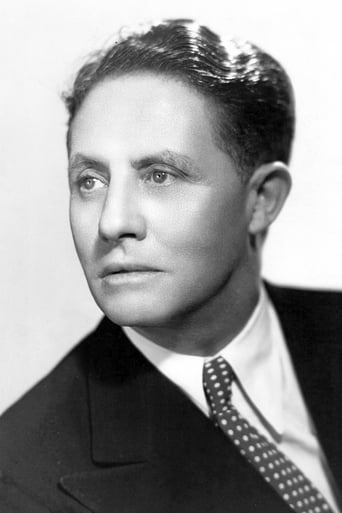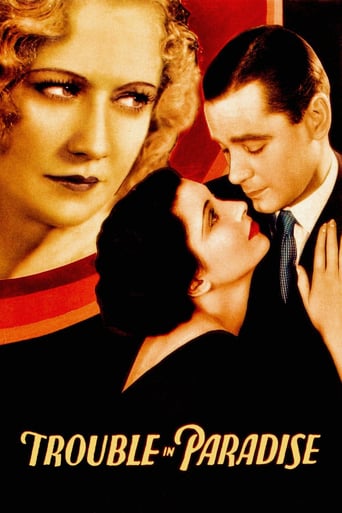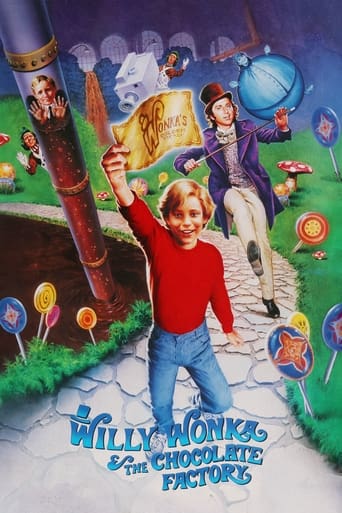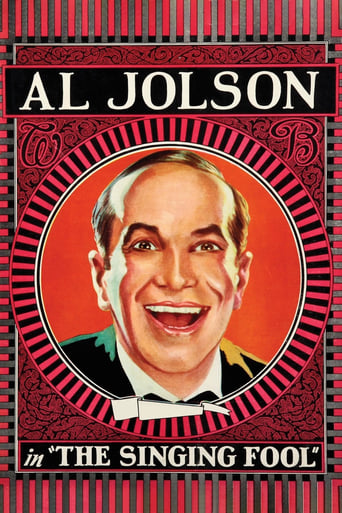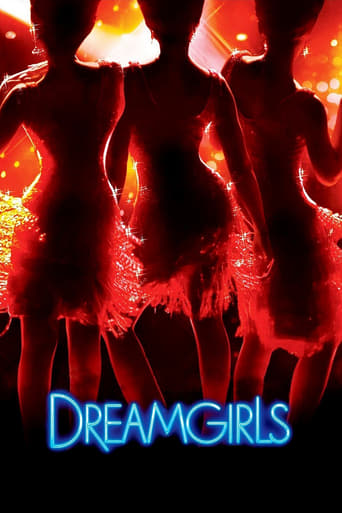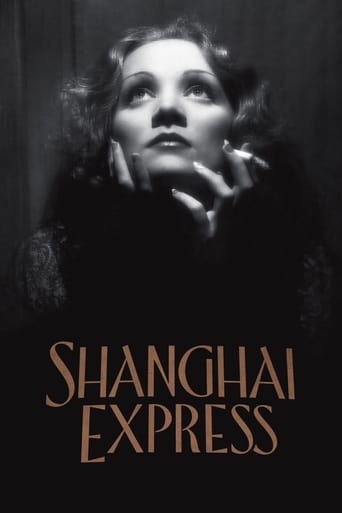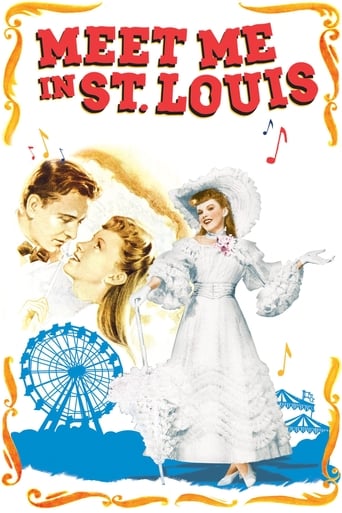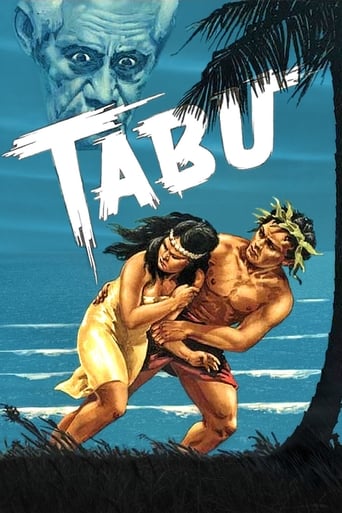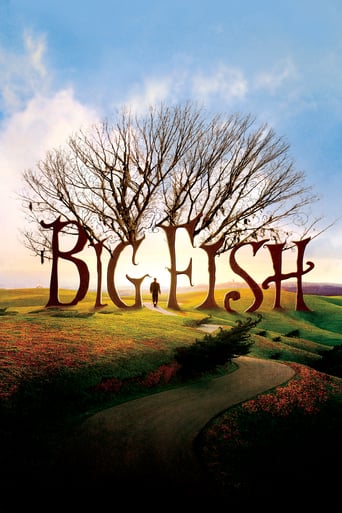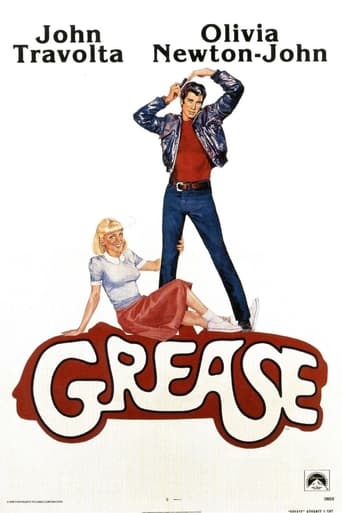
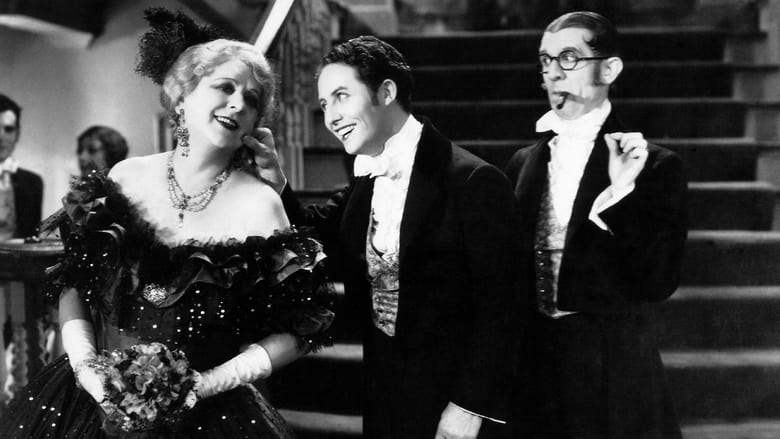
Dixiana (1930)
A circus performer falls in love with the son of a plantation owner in antebellum New Orleans. When the young man's stepmother objects to the wedding, the couple break apart and go their separate ways for a time. Also in the mix are two circus comics who feud over the heart of another Southern belle.
Watch Trailer
Cast


Similar titles
Reviews
I saw this in the NYC Museum of the Moving Image before cable and satellite. I went tom see it because of the early technicolor. The story and the music were quaint at best, but I felt weird as I watched the racist mentality. I was watching a time when people, who probably considered themselves liberal, were clueless about the psychological impact of the racism of daily life.Wheeler and Woolsey surprised and fascinated me. I had no idea that this comedy duo had even existed. There was something about them which gave me a funny feeling in my stomach. They looked strange, particularly Woolsey. They did comedy routines which were meant to be funny, but were weirdly humorless to me.. They might have been doing pantomime; the punch lines just fell flat.. They were like my first taste of pickled olives in childhood. Eech! Yet, like olives, I have gotten used to Wheeler and Woolsey. In fact, they are fairly funny in this movie, once one gets used to them. The two strip technicolor is great.Do not start to see this as a casual entertainment. It will bore you. It has great historical interest to comedy, technicolor, and old musical fans, however.
While I am NOT a bleeding heart, I do find it very odd that very few of the reviews even bother to mention the racist elements in the film. While I would NOT say that you shouldn't watch it (I am a huge believer in Free Speech...period), I think the problematic view of slavery at least deserves a mention!! After all, as the film begins, you see a plantation owner and his son talking about how happy their slaves are--as the human chattel do their "fun" chores and sing. While this might ruffle a few feathers, this is akin to showing a song and dance number at a Soviet gulag! This just reinforced the horrible stereotype of the 1930s that slavery "wasn't THAT bad"! Seemingly child-like slaves who are happy and carefree is just a gross stereotype.The plot involves a circus performer, Dixiana, who has fallen for rich Carl Van Horn--the family who owns the plantation at the beginning of the film. Carl's father is a nice but hen-pecked guy. His mother is a society-conscious old battle-ax--and when she learns of the marriage between her well-connected son and a common circus performer, she blows a gasket and demands the wedding be stopped. Carl is apparently a wiener and caves to his battle-ax mother's whim. All this comes out as Wheeler & Woolsey (who look after Dixiana) have been invited to stay with the Van Horns. As for the duo's behavior during this time at the Van Horns, they mostly kick people in the butt (I am not exaggerating in the least).As for the film, it's a mixed bag. For a 1930 film, the sound is excellent. Many early sound films suffer from varying sound or sound that is simply too soft, as they had still to work out all the ins and outs of the new medium. Unfortunately, the problem is that because of this you can actually hear what's going on!! That's because the two leads warble operatic style songs that make Jeanette MacDonald and Nelson Eddy seem like pop singers! In 1930, the public liked this sort of old fashion drivel--now it is a definite chore to get past these god-awful songs. In addition to these two leads, Bert Wheeler and Dorothy Lee also sing a bit--as does Robert Woolsey near the end of the film. The Wheeler/Lee songs are more cute and enjoyable than the rest, though it should also be noted that Ms. Lee sings almost exactly like Betty Boop!! Be ready to hit the fast-forward button when any song occurs! Be forewarned, there are a lot of songs and they are hard on the ears!Newly teamed comics, Wheeler & Woolsey are on hand for comic relief. Like Abbott and Costello, the studio first used them in this role and only later gave them their own starring films. Their sort of humor is what you might expect--Burlesque style skits and not particularly inspired ones. The team is okay here, but have been better and are not enough to salvage the film. I never thought I'd find myself saying that I wanted MORE Wheeler & Woolsey! The overall film is wretched--far worse than any other Wheeler & Woolsey film I have seen (I've seen about 12-15). While many of their early films have singing, none feature as much or at annoying music. This combined with the whole slavery issue make this a tough film to enjoy.
A real artifact of the earliest talkies and musicals, which includes the first two-strip Technicolor (the last half of the movie). The romance between a New Orleans cabaret singer (Bebe Daniels) and the scion of a plantation (Everett Marshall) is your basic boy-meets-girl, boy-loses-girl-due-to-misunderstanding-her-selfless-action, boy-gets-girl-back story......all this interspersed with singing, dancing, vaudeville routines (Wheeler & Woolsey), circus acts, chorus girls, contortionists, evil machinations of an oily villain, a near duel, and superb tap-dancing (Bill Robinson)!The dialog and acting are painfully weak and the storyline lurches roughly from scene to scene - often with little sense or continuity. The 75-year-old film is sharply dated by several instances of slaves in the background singin' and workin' happily for their beloved master and being called "boy" instead of by name. The impending Civil War is totally ignored. Still, I recommend "Dixiana" as valuable viewing for its historical Technicolor sequence as well as its illustration of the then-prevailing movie fiction of happy slaves working for benign masters in the sweet and gentle South.
New Orleans songbird DIXIANA attracts both the noble son of a Dutch planter and the murderous owner of a music hall casino.Here is an interesting antique from 1930, the first year Hollywood was all-Talkie. William Haines comedies were the box-office winners & musicals - like this one - were also extremely popular. Given a lavish production, especially during the Technicolor finale, a close examination of the film revels that the mysteries of the microphone were quickly being deciphered.Bebe Daniels & Everett Marshall provide the romance & music. They certainly try their best, although the dialogue is not overly kind to them, and her fake Southern accent coupled with his wooden acting skills are two high hurdles for them to jump.The film is punctuated by burlesque interludes provided by one of the finest comedic teams of the 1930's - Wheeler & Woolsey. Bert Wheeler (the short, curly-headed one) and Robert Woolsey (the skinny fellow with glasses) were always great fun and their jokes still hit home today, even if they themselves are virtually forgotten. Here they are given great assistance by dialect comedian Joseph Cawthorn, playing their Dutch host at a sumptuous Louisiana plantation; he fits in so well, especially when pulling the Three Cigar Joke, that he practically becomes a third member of the team.Also on hand, as she was in so many of the Boys' films, is pert Dorothy Lee, as kewpie doll cute as ever. The massive Jobyna Howland, playing Cawthorn's temperamental wife, proves once again that she could handle the slapstick as well as the histrionics. Both ladies supply the extra oomph lacking in Miss Daniels' performance.Ralf Harolde makes a mean villain and unbilled George Herman appears as the impressively limber contortionist.It should be noted that there are some racist elements in the story; this was not unusual in American movies of that era.The early Technicolor sequence - featuring the Mardi Gras in full swing - is very pleasing to the eye, benefiting from a recent film restoration. However, scenes still seem to be missing, evidenced by Wheeler suddenly appearing in drag (or is that his Carnival costume?) without explanation. Best of all, the legendary Bill Robinson finally arrives, for a total of 3 minutes, to dance for our delight.


